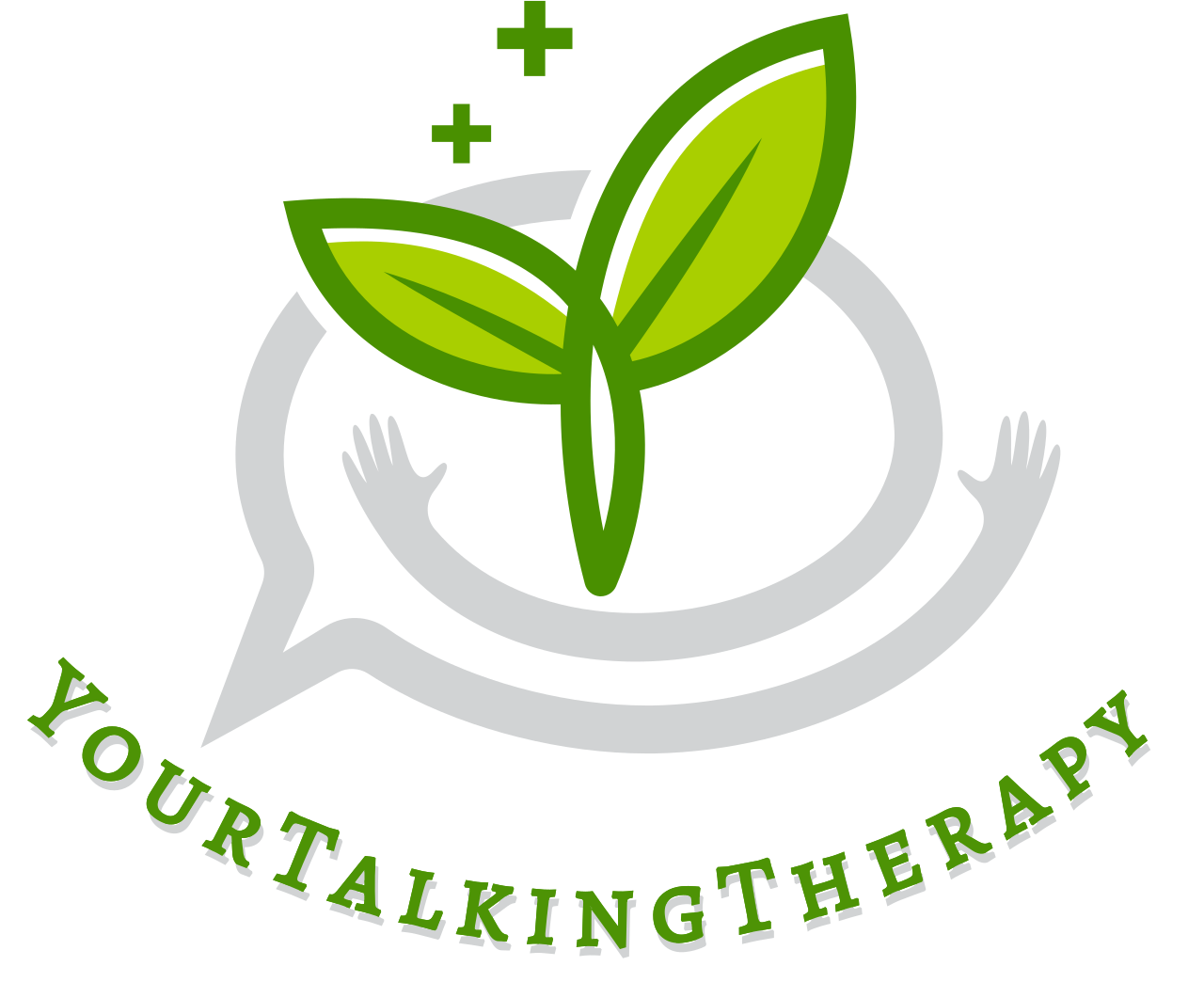Neurodiversity is a term I hear more and more in both therapeutic and everyday conversations but truly integrating a neurodiversity-affirming approach into therapy requires a deeper shift in how I think about difference, challenge, and support. It asks me to rethink how I listen and how I meet people where they are in their lived experiences.
As a therapist, I often meet clients and families who are carrying the weight of misunderstanding; years of being told that they are “too much,” “too rigid,” “too emotional,” “too distracted,” or simply “not enough.” These messages take root and often evolve into something deeper: shame. For many parents of neurodivergent children, and for neurodivergent clients themselves, shame can feel like a constant companion. There is guilt about not knowing the "right" way to help, confusion over behaviour, and an enduring sense of isolation.
This emotional burden is both personal and cultural. Much of what is considered “normal” or “functional” is based on neurotypical standards. When someone does not fit that mould, the system often labels them as a problem to fix, rather than a person to understand. This is where I come in as a therapist. My role is to help shift this perspective.
Instead of focusing on fixing symptoms, I ask:
What if the goal is not to fix, but to support someone in discovering what works for their brain, their body, and their life? This shift in mindset opens up space for healing. It invites curiosity over judgement, flexibility over rigidity, and empowerment over pathologisation.
One important shift I have embraced in my work is the idea of the “double empathy problem.” For a long time, difficulties in social communication were understood as deficits in empathy. But the double empathy framework challenges that. It suggests that misunderstandings between neurodivergent and neurotypical individuals are mutual - not rooted in a lack of empathy, but in differing ways of interpreting the world. This shift changes everything. A client who appears emotionally distant may not be avoidant, but overwhelmed. Someone who does not make eye contact is not necessarily disengaged, they may be processing in a way that does not align with neurotypical expectations. When I stop assuming and start asking, I learn so much more.
Another critical insight I have come to understand more deeply is the sensory aspect of neurodivergent experience. Many neurodivergent individuals, especially those with autism or ADHD, experience the world through a heightened sensory lens. The bright light of a shop, the hum of a busy street, or the texture of a fabric can trigger discomfort due to sensory overload. In these moments, I remember to start with the body and ask, “What might be overstimulating right now?” rather than jumping to conclusions about behaviour. This approach also applies to ADHD traits like procrastination, forgetfulness, or poor time management. These behaviours are often framed as problematic, but they are deeply tied to differences in brain chemistry. When I share this information with clients, I see their shoulders relax. They feel understood in a way that lifts a weight of shame.
In therapy, I try to meet clients where they are, not where I think they should be. Are we trying to help someone change to fit into a neurotypical world? Or are we helping them develop tools to navigate the world on their own terms? For me, the latter is always the goal. The key is to help neurodivergent clients thrive by honouring their natural wiring.
I also offer support to parents, helping them navigate the complex emotional terrain of supporting neurodivergent children. Many parents feel guilty, as if they have somehow failed their children. In these conversations, I help them step out of the shame and blame spiral. They, too, deserve compassion and understanding.
Ultimately, the shift towards a neurodiversity-affirming approach has been transformative; not just for my clients, but for myself as a therapist. It has reshaped how I think about difference, how I show up for my clients, and how I support them in building meaningful, authentic lives. Neurodiversity is not a flaw to be corrected; it is part of the beautiful variability of being human. As a therapist, my job is not to force anyone into a neurotypical mould; it is to help them thrive, grow, and feel understood on their own terms.
